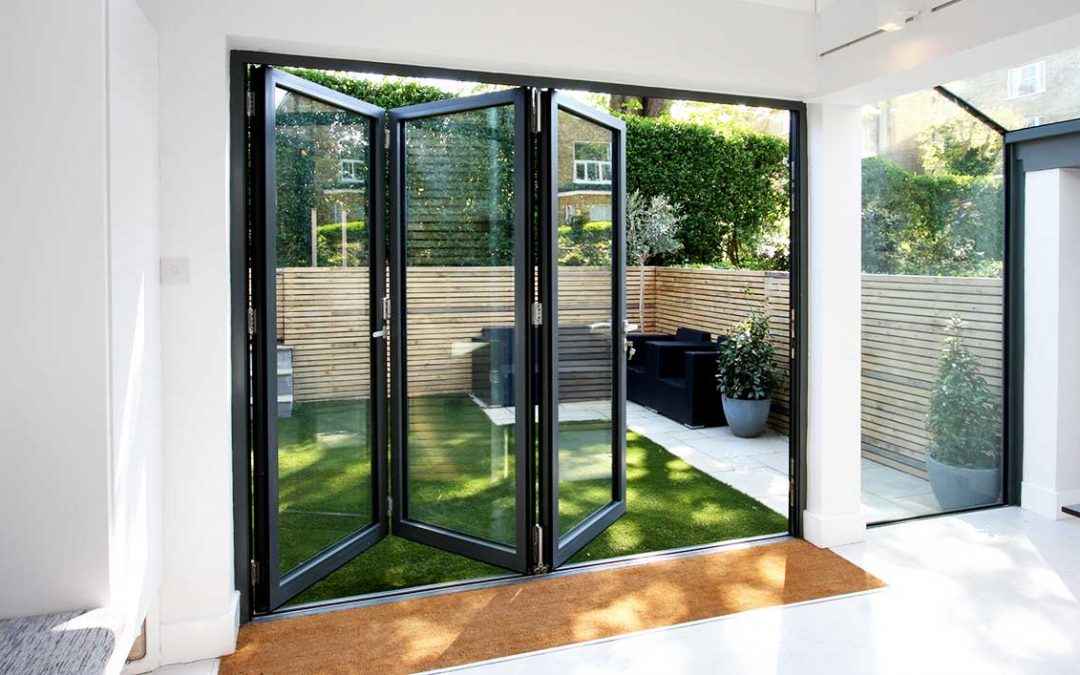All Categories
Featured
Table of Contents
What Are Double Glazed Windows? - Build in Rockingham Perth
That window can send more solar heat in winter than in summer. A west-facing window on a summer's afternoon has an angle of incidence from near 0 as much as 30 with a big efficient area of solar radiation. A north-facing window, in summer, has a high angle of occurrence and a low efficient area of solar radiation, so can send less heat than a west-facing one.

You can quickly and easily enhance the thermal efficiency of your home by changing your windows. This is one of the most effective techniques of renovation to achieve improved thermal convenience. There are countless types of glass and frames to select from. Choosing the ideal ones is essential to enhancing the energy performance of your house.
Double Glazed Windows – Their Amazing Benefits For ... in Jolimont Western Australia
There are various types of glass items to pick from. Single glazing uses a single pane of glass. Single glazing with clear glass is not extremely efficient when it pertains to heat loss or gain. To enhance efficiency, you can use single glazing with a more energy-efficient type of glass such as low emissivity (low-e) glass.
The energy efficiency of IGUs also depends on: the residential or commercial properties of each layer of glass. Different glass types (for example, clear and low-e glass) can be put together in an IGU.
How Double Glazing Can Help Keep Your Home Cool In ... in Sinagra Perth

IGU cavities can be filled with air or a more inert, low-conductivity gas such as argon the width of the cavity. Cavity density is typically 6 to 18mm. Larger cavities offer lower (better) U worths, with 12mm usually accepted as the favored space how well the cavity is sealed. Cavities must be dry and well sealed to avoid moisture getting in.
If argon is installed to the cavity in location of air, moisture is reliably excluded the level of desiccant (drying agent). The spacer (metal or polymer strip) that separates the glass layers consists of a desiccant to absorb any moisture. Insufficient desiccant may cause wetness to condense on the glass surface in cold conditions, reducing thermal performance.
Double Glazed Windows in Dianella Perth
In fact, IGUs can deliver much better energy performance for all climates, particularly in heated and air-conditioned homes. Cross-section detail of single, double and triple-glazing units Low emissivity glass (frequently referred to as low-e glass) minimizes heat transfer. Low-e glass may be either high or low transmission: High transmission low-e glass has a covering that permits daytime from the sun to pass into the home to attain great solar heat gain, but lowers the amount of the long wavelength infrared heat that can get away back through the window.
Low-e glass has either a pyrolytic coating or a vacuum-deposited thin film metal finish. Pyrolytic coverings are long lasting and can be utilized for any glazing; vacuum-deposited finishes are soft and are just used within IGUs. Low-e finishes can considerably improve both U value and SHGC; nevertheless, they must be used correctly or they will either degrade or stop working to perform as required.
Double Glazing For Warmer Temperature : R/melbourne in Glen Forrest Western Australia
Low-e finishes can be utilized in mix with clear, toned or reflective glass. Low-e finishes on glazing can reduce heat transfer where required Picture: Department of Market, Science, Energy and Resources Toned glass has actually colouring ingredients included during manufacture. It is available in different colours, generally bronze, grey, blue and green.
Table of Contents
Latest Posts
8 Benefits Of Double Glazing To Take Advantage Of in Greenmount WA
Single Vs Double Vs Triple - Which Window Is Right For Your ... in Hazelmere Western Australia
Twinglaze® Double Glaze Specification Act - Vic in Coogee Perth
More
Latest Posts
8 Benefits Of Double Glazing To Take Advantage Of in Greenmount WA
Single Vs Double Vs Triple - Which Window Is Right For Your ... in Hazelmere Western Australia
Twinglaze® Double Glaze Specification Act - Vic in Coogee Perth